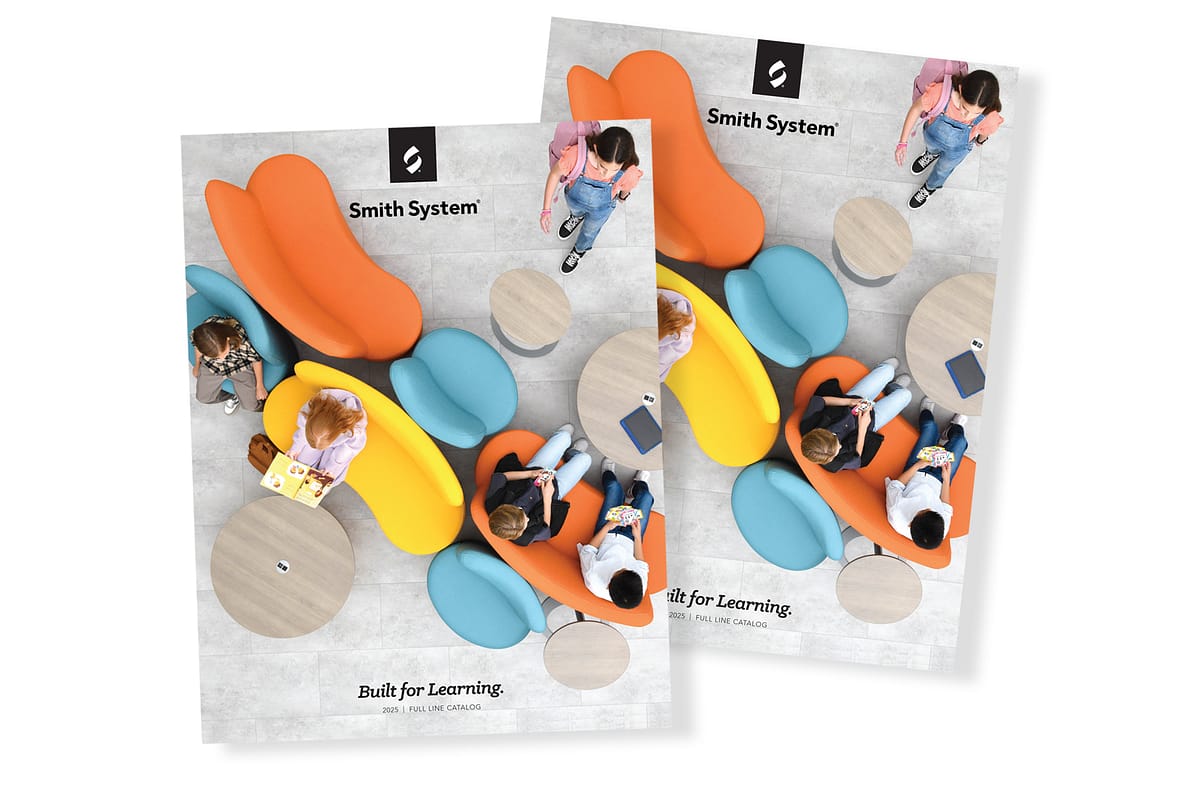The 21ˢᵗ Century Classroom
Getting the most out of your classroom space.
It’s reassuring and not very surprising to know that the driving force behind the 21st Century Classroom isn’t a passing fad, a change of fashion, or boredom with the status quo. Rather, the prime mover behind the composition and layout of a 21st Century Classroom is none other than 21st Century Learning, characterized by collaborative learning.

Collaborative learning has been discussed and studied by academicians since the early 20th Century. Its many strengths are well documented. That it’s only now taking hold in classrooms may have more to do with the fact that it demands a 180˚ change in the orientation of the teaching/learning roles, and less to do with its effectiveness, which has been repeatedly demonstrated. Study after study has shown that it is a far superior way for students to learn non-foundational knowledge – a higher level of knowledge that’s acquired by applying critical thinking and logic, not simply recalling facts. To oversimplify, the two core concepts of collaborative learning are:
The educational benefits of collaborative learning extend beyond academics. Collaborative learning also fosters growth in maturity and confidence in the parts of the learners. It does that by presenting emotional and social challenges to the student. The student doesn’t simply perform a task needed to complete the group project. Rather, s/he will have to explain and defend her/his position and thinking in relation to her/his work to the other students in the group.
- Student-centered learning, that empowers the students and makes them active participants in the learning process.
- Based on solving open-ended problems or creating some sort of a “product” which could be anything from a report, a poster, or a video.
The educational benefits of collaborative learning extend beyond academics. Collaborative learning also fosters growth in maturity and confidence in the parts of the learners. It does that by presenting emotional and social challenges to the student. The student doesn’t simply perform a task needed to complete the group project. Rather, s/he will have to explain and defend her/his position and thinking in relation to her/his work to the other students in the group.
Download our 21st Century Classroom Guide: "Getting the most out of you classroom space."
The guide includes our “top 5 components” to consider when planning a 21st Century Classroom
